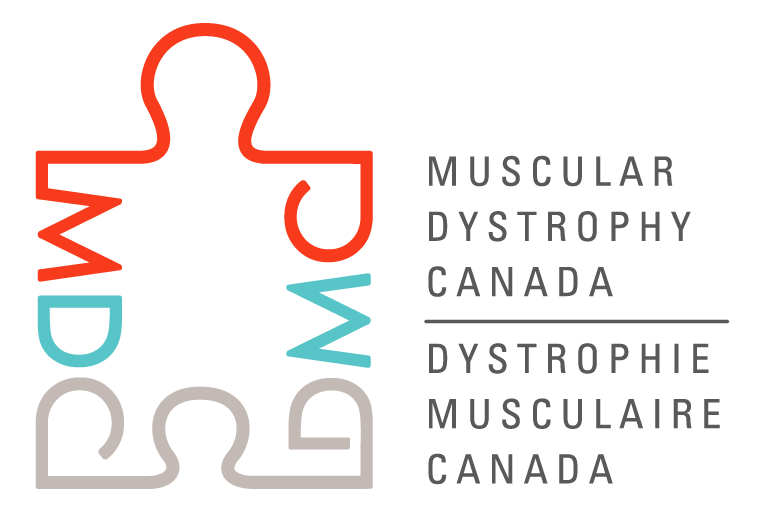CRISPR mediated gene editing: a novel therapeutic strategy for nemaline myopathy
2020
Lead investigator

Dr. James Dowling
The Hospital for Sick Children
Toronto, Ontario
Collaborators & Co-Investigators
- Henk Granzier, PhD
- Ronald Cohn, MD
- Hernan Gonorazky, MD
Research Sites & Affiliations
- University of Arizona, Tempe, Arizona
- The Hospital for Sick Children, Toronto, Ontario
Budget: $100,000
Disorders: Hereditary Myopathies
Research Areas: Discover Novel Treatments & Therapies
Abstract:Nemaline myopathy (NM) is a severe disorder associated with muscle weakness that results in impairments in motor functions such as mobility, speech and eating. Genetic changes also called mutations in at least 10 genes are known to cause NM, with changes in the NEB gene the most common cause. Despite advancing knowledge of what causes the disease and how these causes affect muscle function, there are currently no therapies. Genome editing with the CRISPR Cas9 system is revolutionizing science and also holds great potential as a strategy for treating genetic disease. NM is an ideal candidate disease for CRISPR based gene editing as most of the gene mutations that cause it are well known and restoring the normal working of the mutated gene should result in functional and clinical improvements. This research project aims to use the CRISPR system to correct the NEB exon 55 deletion mutation, the most common single mutation associated with NM, by re-introducing exon 55. So far preliminary data shows NEB exon 55 can be reintroduce into patient muscle cells and thereby restore NEB RNA and protein. Based on these data, the group will examine this therapeutic approach in a mouse model of NM to test if they can restore Nebulin in a living animal and whether such restoration rescues disease in this model. This is a critical study that is essential for developing this strategy for patients.
If successful, it will represent a first potential therapy for NM. The approach will also provide a road map for developing similar approaches for other NM subtypes.
Impact:
